Patagonia is world-famous for its rich wildlife and numerous endemic species. Furthermore, the region is also an incredible location for bird watching. Home to over 460 types of bird, a trip to Patagonia is sure to be unforgettable for any wildlife enthusiast. From majestic Andean condors to adorable Magellanic penguins, there are several extraordinary species to spot. Here, we list some of Patagonia’s best-loved birds and share some exotic bird watching tips for beginners.
Patagonia’s rare and beautiful bird species
Patagonia’s raw, untouched landscape is the habitat of an abundance of amazing bird species – 40 of which you can’t see anywhere else in the world. The diversity of the terrain means that there is a spectacular variety of birds to see, including owls, rheas and even flamingos.
Darwin’s rhea
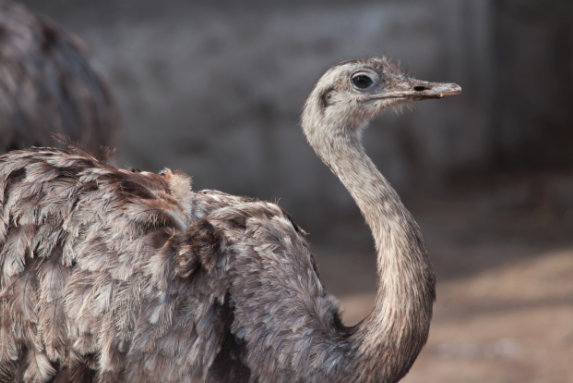
Otherwise known as the lesser rhea, Darwin’s rhea is a brownish-grey flightless bird that looks like a small ostrich. Although these birds can’t fly, it doesn’t mean they can’t move fast – rheas can run at speeds of up to 37 miles per hour.
Austral pygmy owl
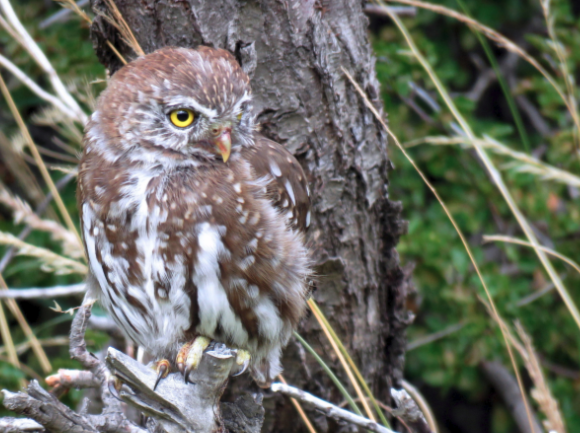
The austral pygmy owl is a seriously adorable owl species. With its big head and bright yellow eyes this sweet bird is a treat to spot out in the wild. However, don’t underestimate this little owl – their big feet and long talons mean they are capable of hunting prey bigger than themselves.
Andean condor
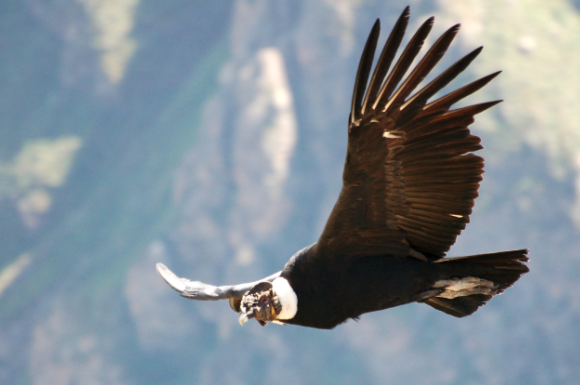
The Andean condor is part of the vulture family. With wingspans reaching up to 10 feet, seeing an Andean condor swooping over the mountains is truly a sight to behold. Furthermore, these mighty birds can live to as old as 70. However, sadly, Andean condors are listed as ‘nearly endangered’ by the International Union for the Conservation of Nature.
Chilean flamingo
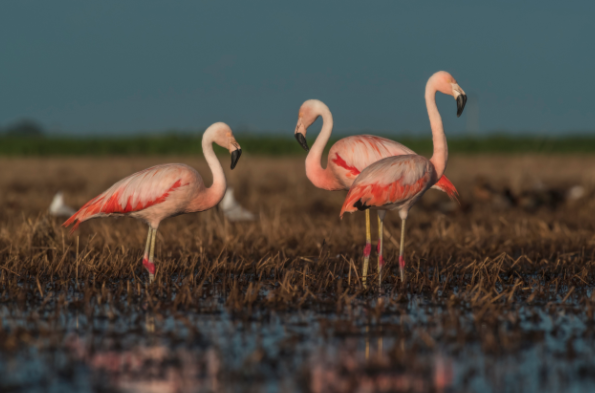
One bird species that you may not have expected to spot in Patagonia are flamingos. Usually associated with warmer habitats, the Chilean flamingo is a fascinating exception to the rule. The bright pink Chilean flamingo moves in large flocks, which makes seeing a group gather by a lake a stunning display.
Magellanic penguin

Perhaps Patagonia’s best-known bird species is the Magellanic penguin. Distinguished by the white bands on their faces and abdomen, these medium-sized penguins can be seen on numerous beaches across Patagonia. Although once abundant, the Magellanic penguin has seen a decline in populations that means they are nearly endangered.
A few exotic bird watching tips for beginners
If you’re new to bird watching, you may be wondering how expert birders go about getting their best sightings. After all, a trip to Patagonia is a once-in-a-lifetime opportunity, and you don’t want to miss anything! Below are some exotic bird watching tips to get you started:
- Perhaps the most important of our exotic bird watching tips is to take your time and listen carefully. Walking slowing and quietly will mean you will hear calls and rustles that will indicate where the birds are.
- However, don’t whisper – talking at a normal volume is less likely to disturb birds as many are sensitive to sibilant noise.
- Don’t wear bright colored clothes, which is likely to spook nervous species.
- Go bird watching early in the morning when birds are move active. Later in the heat of the day, they’re more likely to be sheltering in trees and bushes.
- Weather conditions are also important – birds are less active on very windy or very hot days.
Ready to start exploring?
Patagonia is home to some of the world’s most beautiful and rare bird species. With so many wonderful birds to see across the region, as well as plethora of fascinating mammals, Patagonia is a must for any wildlife lover. If you’re ready to start your adventure, take a look at the Australis brochures.
No comments yet
There are no comments on this post yet.




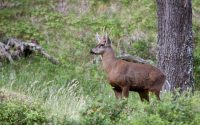

Leave a comment